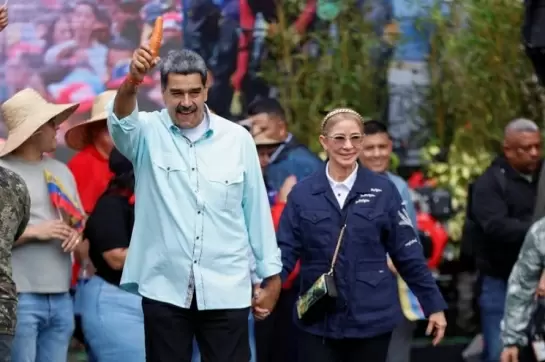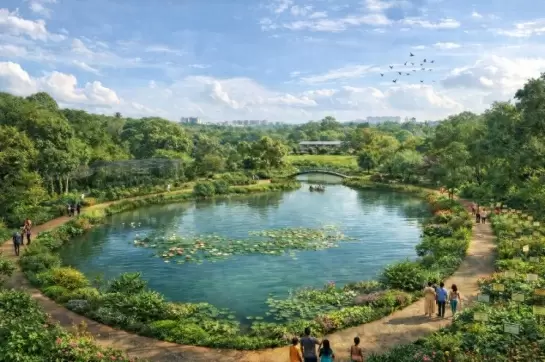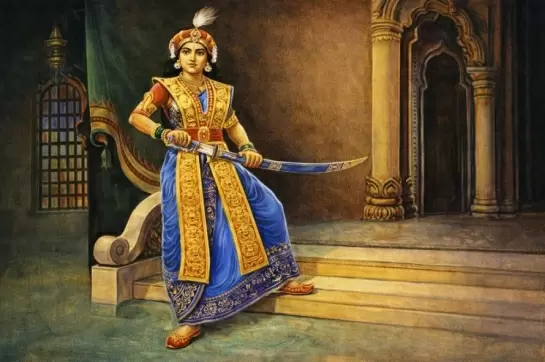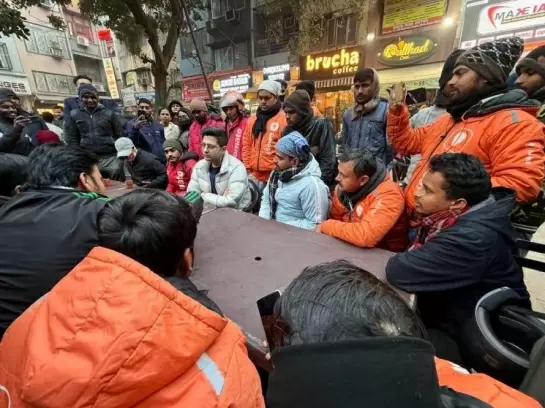MP Cantt towns still dazzle in lights of glorious past
08-September-2019
Madhya Pradesh has five cantonment areas with Jabalpur being the largest. Sagar, Mhow, Morar and Pachmarhi also have significant cantonment history and a thriving administrative presence in the modern scenario.
JABALPUR
The history of Jabalpur Cantonment dates back to December 19, 1817 when the British under Brig Gen Herdymen defeated the Bhonsle forces in just two hours. The British spelled the name of the place as Jubbulpore. However, a few jagirdaars still controlled important villages. Krishna Rao Paswan owned 445 acres of land, which the British found most suitable for housing British and native troops. They purchased the land for a meagre compensation and set up the base for two companies of a regiment in 1818.
In 1826, the Jabalpur Cantonment Board was formally set up. In 1837, Second Regiment of the British forces arrived and more area was added to the Cantonment. In 1861, a new province, Central Provinces & Berar, was established and the British shifted the headquarters from Sagar to Jabalpur, making it the military seat of power in the central region of British India.
From 1861 to 1870, more troops -- both British and native -- were inducted and the area was extended with the addition of 524 acres, including 63 acres of private land. In 1870, Sagar and Jabalpur territories were merged and the Narmada District headquarters, known as Jabalpur Independent Area, was formed.
From 1870 to 1924, the post of Cantonment Magistrate with executive and magisterial powers came into existence. In 1924, Parliament Act was enacted and broad changes in Cantonment Board functions were made.
In 1944 again, 77 acres were earmarked as the civil area. In 1947, Jabalpur Independent Area headquarters was re-designated as Jabalpur Sub-Area. Officers from Civil Services were deputed to the Cantonment as CEO. In 1956, the civil area was extended by 27 acres.
In 1963, Jabalpur Sub-Area was re-designated as MP Area. In 1971, MP Area was re-designated as HQ MP, B&O Area, and now it's called HQ MB Area. In 2006, the new Cantonment Act received assent of the President. The total Cantonment area was re-shuffled for creation of a new ward. The Cantonment now comprises eight wards with 7,040 acres, and 226.395 acres as civil bazar under its management. It's now one of the largest and important Cantonments of India.
With significant contribution coming from the defence budget for the upkeep there are better roads and civic amenities in the cantonment area. But poor drainage by the civil departments makes a jarring note.
SAGAR
The Bangladesh Liberation War had left a lasting imprint on the subcontinental history and geopolitics. Jabalpur and Sagar had an important role to play in the post-war scenario with the location of a large section of PoWs (prisoners of war), who had laid down their arms in one of the biggest surrenders of the modern military history.
Sagar, a quaint little town in the Bundelkhand-Malwa region of the Deccan Plateau bears testimony to how the Pakistani PoWs were treated by their Indian counterparts. Sagar, one of the oldest cantonments in the country housed almost one-fifth of the PoWs. Soon after the surrender document was signed by Gen A.A.K. Niazi and Lt Gen Jagjit Singh Aurora, Sagar was tasked to set up PoW camp for around 14,000 Pakistanis.
Col R.D. Salwan of the Mahar Regiment, which has a regimental centre in Sagar, was the camp commander of one of the seven PoW camps set up in this area. Unlike the other six, his camp housed the surrendered officers and CUPCs (civilians under protective custody).
He recalls how the camps were managed within the strict Geneva Conventions. The camps remained in place till 1974 when the last batch of PoWs, which included Gen Niazi, was repatriated. Gen Niazi stayed in a similar camp in Jabalpur for four years.
It's unfortunate that Sagar rarely gets a mention in the 1971 discourse. A glance through the cantonment's eventful history tells us how little we care for our past beyond the headlines. The Sagar district was ceded by the ruling Peshwas to the British on March 10, 1818 after the third Anglo-Maratha War.
Gen Watson took over the command of a division at Sagar and soon the British developed it as one of the most important military establishments in the Central Provinces. During the revolt of 1857, the British were holed up in the Sagar Fort for eight months, surrounded by revolutionaries seeking India's independence. After the defeat of Rani Lakshmibai of Jhansi, Sir Hugh Rose breathed a sigh of relief.
Sagar also has an interesting WWII connection. The famous Chindits, which created havoc in Burma, were trained in Dhana. Brig Rode Charles Wingate, DSO, a genius of unconventional warfare, was chosen in May 1942 to form a specialised Jungle Warfare force called ‘The Chindits' (77 Indian Long Range Penetration Brigade), comprising 13th Liverpool Regt, 3/2 Gorkha Regt and 2nd Burma Rifles (Burmese Volunteers).
In June-December 1942, he trained this force in the forests of Dhana, Patharia, Rehli and Malthone, with his base at Dhana. The airstrip, used for their airborne training, is now home to the fliers of Chimes Aviation Academy. The residence used by Gen Wingate now serves as office building of one of the units of Dhana Military station.
MHOW
The Mhow cantonment town was set up in 1818 by John Malcolm after the Treaty of Mandsaur between the English and the Holkars, Maratha Maharajas of Indore. Malcolm's forces had defeated the Holkars of the Maratha Confederacy at the Battle of Mahidpur in 1818. After the battle, the Holkars shifted the capital from Maheshwar to Indore.
Mhow, headquarters of the 5th Division of the Southern Command during the British Raj, is associated with the Indian Army and Bharat Ratna B.R. Ambedkar who was born here. The part was named after him in 2003. Mhow was a metre gauge railway district headquarters during the British Raj and even after 1947.
As of 2011, the Mhow Cantt Cantonment Board covered a population of 81,702. Up until World War II, it was the headquarters of the 5th Division of the Southern Army.
Local legend says, Winston Churchill also spent a few months here when he was serving with his regiment in India. The house on the mall where he is supposed to have lived, gradually crumbled due to neglect and age. It was pulled down and a jogger's park was built there by the Infantry School.
Mhow boasts of three premier training institutions of the Army -- The Infantry School, The Military College of Telecommunication Engineering and The Army War College. It's Mhow where the Army Training Command was born and nurtured from 1991 to 1994, before being shifted to Shimla.
Mhow has one seat in the Assembly. The Cantt area sees a lot of activity with both the Congress and Bharatiya Janata Party trying to woo voters with nationalism slogans and pro-Ambedkar overtures. Bhim Janmasthali, a monument built in memory of Ambedkar, attracts a sizeable tourist traffic.
PACHMARHI
Captain J. Forsyth, author of "The Highlands of Central India", discovered Pachmarhi in 1862 while exploring the Satpura forests. The name "Pachmarhi" is derived from five ancient caves, where, according to the Brahminical lore, five Pandavs stayed during their wandering.
The Pachmarhi Cantonment was set up in 1872. The Cantonment board was constituted under the Cantonment Act 1924 and was entrusted with the municipal administration of the area. It runs the entire gamut of local government functions, which include functions like registration of birth & deaths, and protection of environment.
IANS
Missing BJP Leader Found Dead in Pond After Five Days in East Midnapore
Bulldozer Action In Rajasthan's Chomu After Stone-Pelting Incident
Cold Wave to Intensify in Delhi-NCR as Temperatures Dip Further; Air Quality Improves
Pakistan: Sindhi leader urges UN to act on enforced disappearance of activists
Delhi Metro officials brief CM Rekha Gupta on anti-smog guns, mist sprays to check pollution









